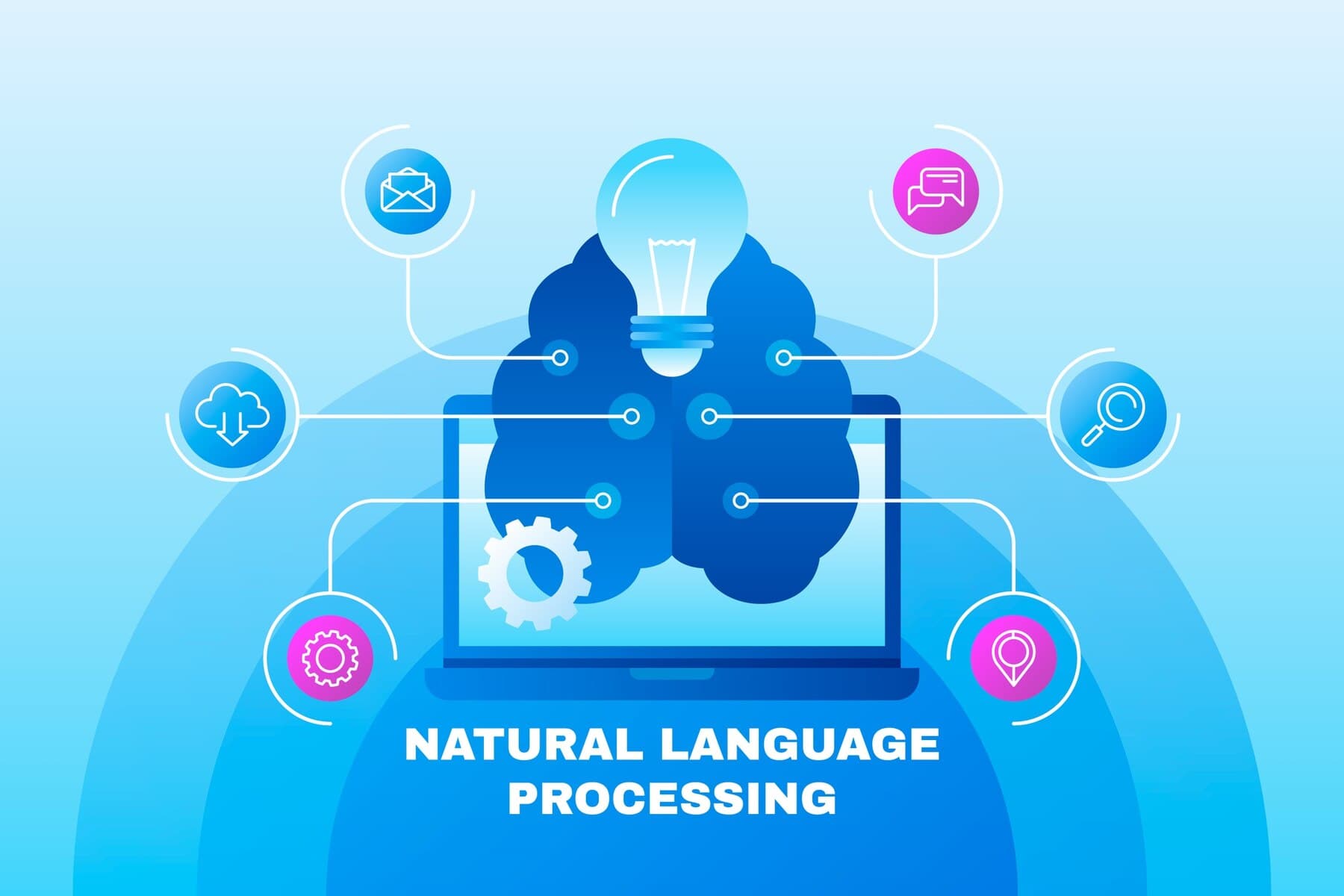Why NLP is Crucial in Today's World

What is NLP?
NLP, or Natural Language Processing, bridges the gap between human communication and computer understanding. It's a technology that is becoming increasingly important in a wide range of applications, from data analysis to conversational agents like ChatGPT.
ChatGPT: A Case Study
One of the most noteworthy applications of NLP is in conversational agents like OpenAI's ChatGPT. It uses advanced NLP algorithms to provide coherent and contextually relevant responses, mimicking human-like conversation. This has applications in customer service, content generation, and even as a personal assistant.
Why NLP Matters More Than Ever
Data Overload: We're producing a monumental amount of text data. NLP helps us make sense of this data, allowing for more informed decisions.
Automation and Efficiency: Automation tools, including those like ChatGPT, use NLP to handle tasks that would otherwise require human labor, making businesses more efficient.
Bridging Language Gaps: Multilingual translation powered by NLP is essential in our global society for effective communication.
Sentiment Analysis: Businesses can gauge customer sentiment through reviews and social media, all thanks to NLP algorithms.
Healthcare and Well-being: The application of NLP in healthcare extends from electronic health records to mental health analysis, offering potential avenues for better patient care.
The Wider Impact and Future Prospects
The versatility of NLP means its impact is widespread and growing. As technology like ChatGPT becomes more advanced, the role of NLP in our lives will only increase.
Coding Exercise: Count Word Frequency in a Text
Objective:
The goal is to learn how to count the frequency of each word in a text, a basic yet essential NLP task. This exercise will introduce you to text analytics.
Steps:
Initialize your Python environment and import the necessary libraries.
from collections import CounterChoose a text for frequency analysis. It can be a sentence, a paragraph, or even a full article.
text = "To be yourself in a world that is constantly trying to make you something else is the greatest accomplishment."Tokenize the text into individual words.
words = text.split()Use the Counter function to count the frequency of each word.
word_counts = Counter(words)Display or analyze the counted words.
print(word_counts)
Output:
Counter({'is': 2, 'To': 1, 'be': 1, 'yourself': 1, 'in': 1, 'a': 1, 'world': 1, 'that': 1, 'constantly': 1, 'trying': 1, 'to': 1, 'make': 1, 'you': 1, 'something': 1, 'else': 1, 'the': 1, 'greatest': 1, 'accomplishment.': 1})By following this coding exercise, you'll deepen your understanding of text analytics, which plays a crucial role in many NLP applications.
Please visit the github repo for entire code. Thank You
niranjanblank
https://github.com/niranjanblank/90DaysofNLP/blob/main/Day2/count_word_frequency.ipynb